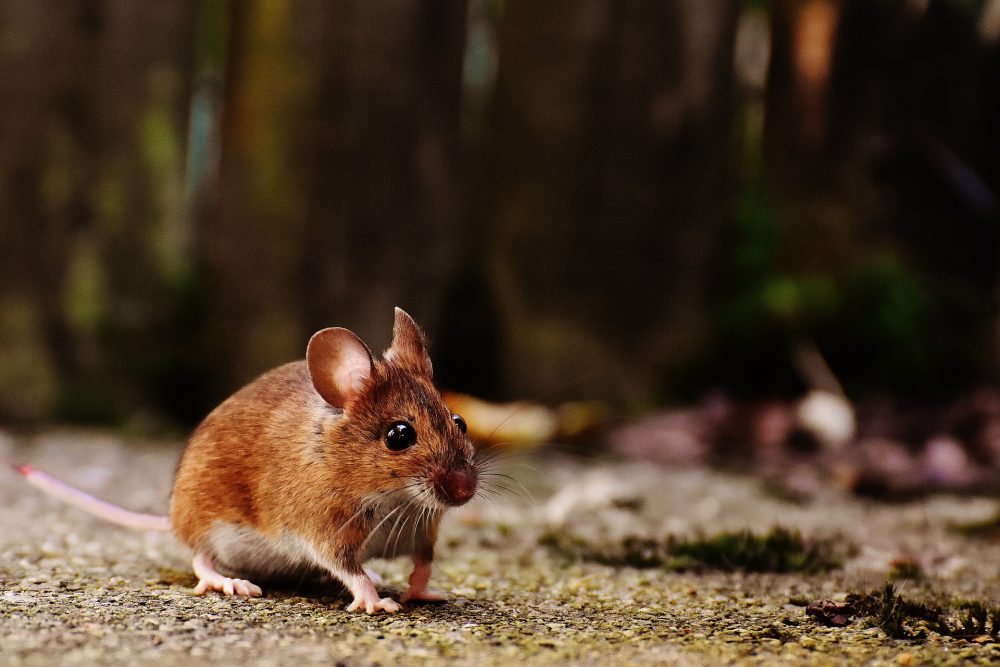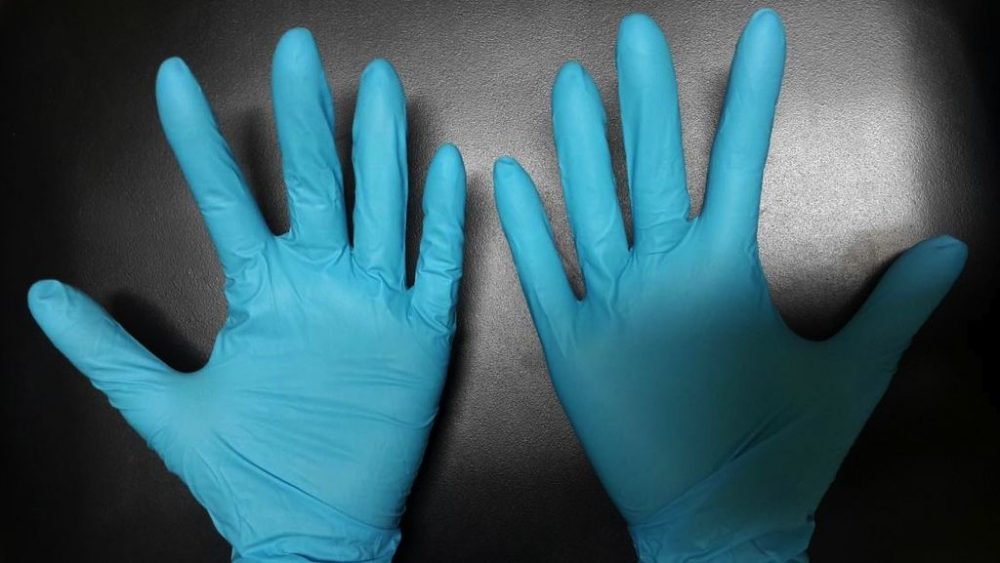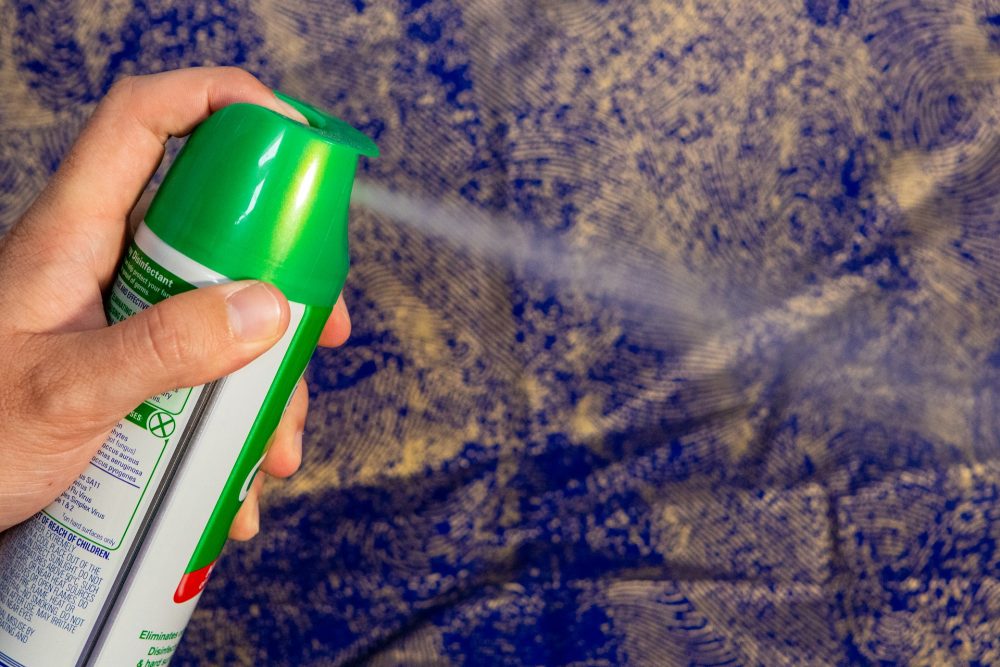How To Remove a Dead Animal and Its Stink From Your Car

Photo: Alexas_Photos via Pixabay
Sometimes, no matter how clean you keep your car’s interior or your garage, small animals might find their way into the engine or under the hood. If you’re the unfortunate victim of a rodent infestation and your vehicle has been smelling funky, here’s what you should do to safely remove your deceased friends and their foul odor.
New Car Smell: Meet the refreshed 2021 Silverado HD
Insurance or DIY
As Allstate spokesman Justin Herndon shared with How Stuff Works’ Dave Roos, some comprehensive auto insurance policies might cover the cost of cleaning and detailing the car to remove the dead animal and the associated smell. In some rare cases, an insurance company might declare the vehicle totaled if the smell can’t be removed and there’s reason to believe that the incident damaged the engine.
In most cases though — especially if there’s no chewed wires or physical damage to your vehicle, just a lingering stench — you can go the do-it-yourself route. Here are a few steps to take to help locate the dead animal and remove the bad smell from your car.
Find and remove the carcass

Photo: Praewnaaaaaam via CC
For starters, open the vehicle’s windows and the garage door to increase ventilation while you work to locate and remove the animal. And gather the following items, as Critter Control’s Lance Farlow recommends: a face mask, rubber gloves, a zip-top bag, a plastic bag, and a garbage bag.
Inspect under the hood, inside the engine, and behind the cabin air filters and follow your nose to locate the dead animal. Once you find the animal, remove it with gloved hands and place it in the zip-top bag if it’s small enough. For larger animals, place the carcass into the plastic bag. Then layer it inside a garbage bag.
Next, dispose of the carcass. You can bury smaller animals in some remote corner of your yard. But if the animal is large, drop the carcass off at a waste collection center near you, as Farlow advises.
Get rid of the smell

Photo: Squirrel_photo via Pixabay
To remove the odor from your vehicle, use gloved hands to scrub down any surfaces that had contact with the carcass. Per Roos, you can use either a diluted bleach solution or a commercial disinfectant.
If the animal died near an air filter or inside the car’s ventilation system, the CDC recommends doing the following: disinfect the filter, let it soak for five minutes, then throw it away and install a new air filter. Though, at this point, Roos suggests calling a professional since it’s likely that stinky bacteria spread throughout the passenger compartment, requiring some expert odor-removing skills.
After you’ve disinfected your vehicle, it’s a good idea to implement a deodorizer like coffee grounds or a plug-in air purifier, to further reduce the stench. And, if it’s skunk smell you’re trying to get rid of, check out these strategies.
Interior Upgrade: Elevate your Cadillac model with these nifty accessories

Whitney Russell resides in Dayton, though her spirit can be found beach-bumming in Puerto Rico (the land of her half-Puerto Rican heritage). When not crafting car-related content, she can be found chasing after the most amazing toddler in the world, watching her “beaver” of a husband build amazing woodworking projects, hanging out with two crazy dogs, and visiting family and friends. She also enjoys traveling, crafting, and binge-watching period dramas when time allows. See more articles by Whitney.


